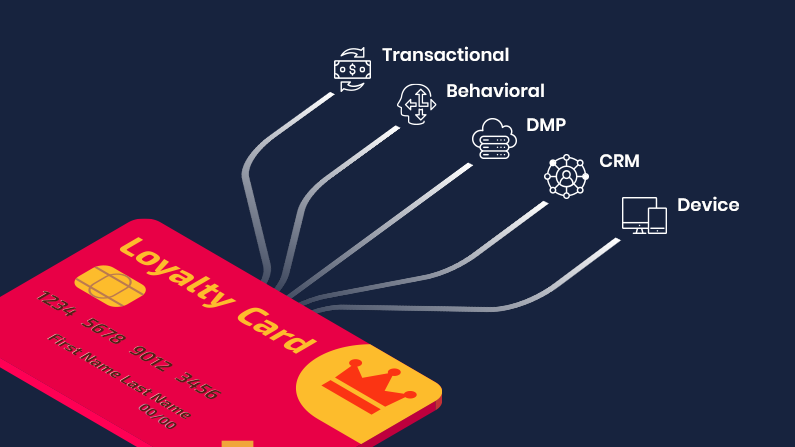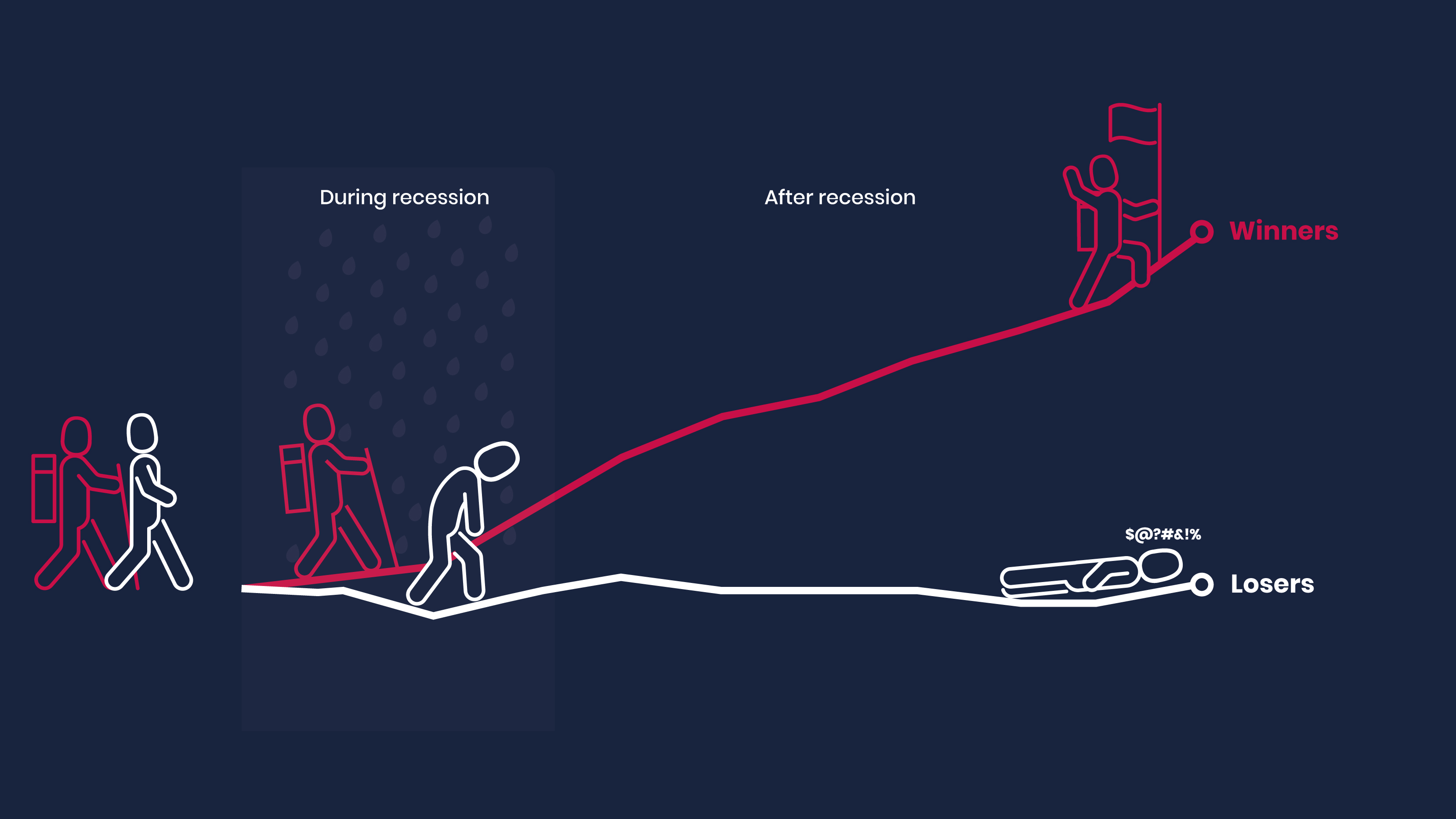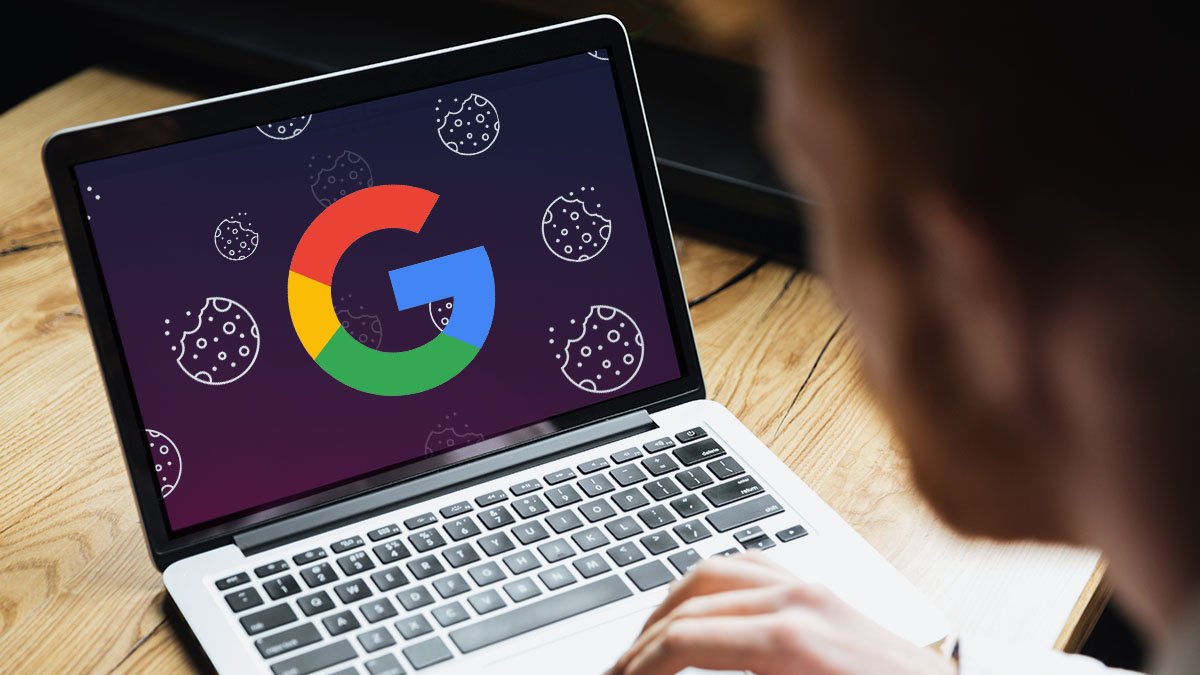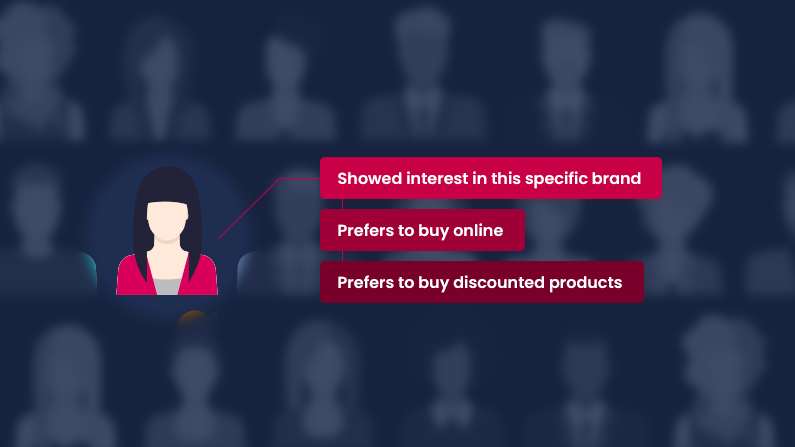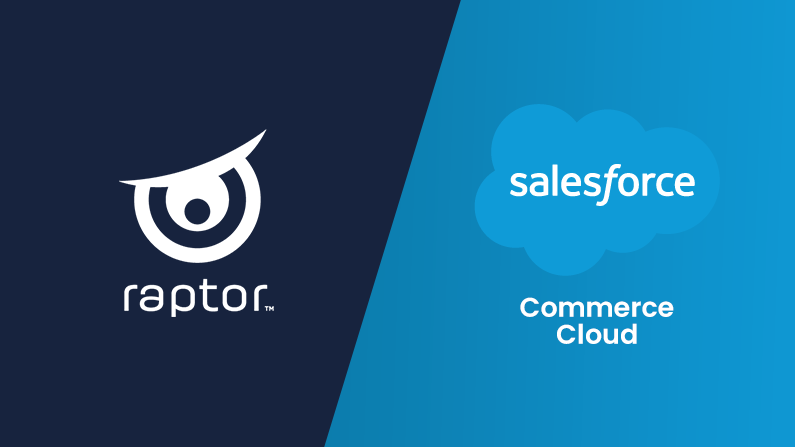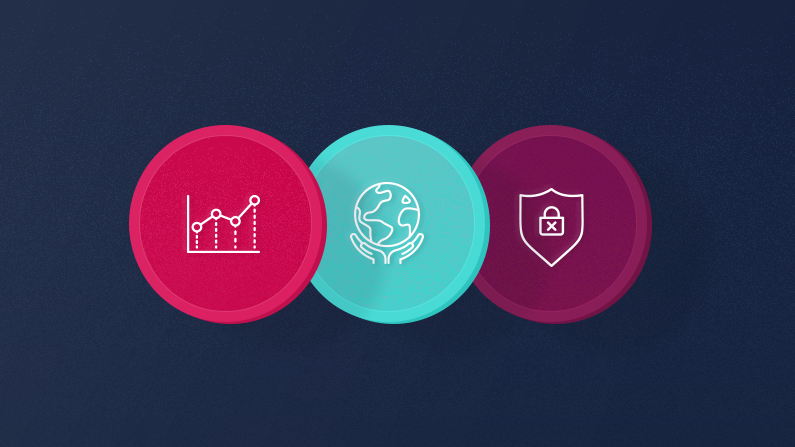Martech trends for 2024: Four technologies you should focus on
Dec 20, 2023 | 3rd Party Cookies, Customer Data Platform, GDPR, Data consent, AI
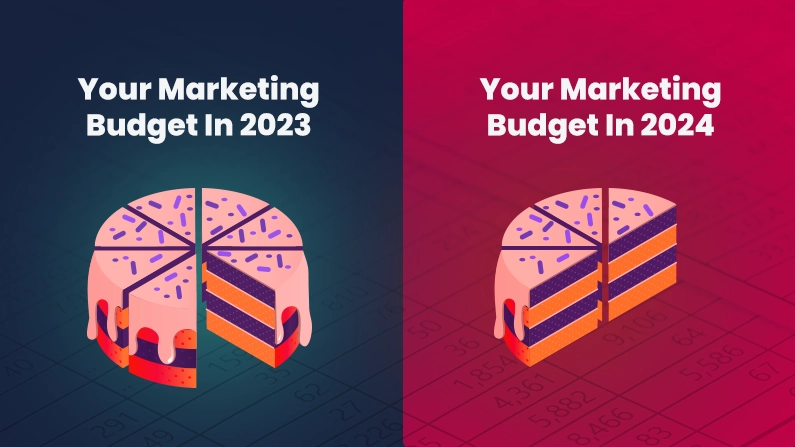
Like lots of marketers, you may have been told to find a way to achieve the same (or maybe better!) results with fewer resources.
So, what actions should you prioritize?
To help you keep it simple, we have accumulated the 4 most important Martech trends of 2024 that you should focus on if you want to create stellar results and save marketing resources for you and your team.
Artificial Intelligence and Machine Learning
2023 has been all about AI. But AI and Machine Learning are no longer buzzwords; they are now integral to your marketing activities.
Above all else, its greatest advantage is its ability to leverage large amounts of customer data, automate your workflow, and personalize experiences at a much greater scale.
Imagine this:
- AI analyzes your customer base and helps you create 250 different audiences with separate characteristics, locations, preferences and shopping habits.
- Then you let an AI-driven image generator create digital ads for each one of these audiences, saving days of manual labor.
- You target all audiences with their own, personalized ads, giving a major boost to conversion rates and ROAS.
This is what the future of digital advertisements looks like in 2024, and if your marketing heart is bursting with excitement, you’re not alone.
Can you tell which one of these images is AI generated?
 |
 |
Did you know
A full 60% of marketers are already using AI and LLMs, to assist them in their marketing operations, including ChatGPT, Midjourney, DALL-E, and many others, and we’re fully expecting that number to grow.
Privacy-First Marketing:
As a marketer, you shouldn’t be so focused on milking every data point that you completely lose sight of the people behind them.
According to a recent poll, 67% of consumers say they don’t understand what companies are doing with their data.
This growing skepticism has led to a series of consumer privacy regulations, most notably the phase-out of third-party cookies by many major web browsers. This shift forces marketers to be less reliant on the ethically questionable third-party cookies and instead focus on more transparent and ethical ways to source data.
That’s why, in 2024, marketers will need to prioritize consumer privacy by investing in a first-party data strategy . By taking ownership of the customer data that enters your platforms, you have much better control of where each data point is coming from. This allows for much better data transparency and higher marketing ethics across the board.
The challenge for marketers is to prioritize activities that encourage the collection of first-party data while also respecting consumer privacy. Here, the key is to foster trusting customer relationships.
We recommend:
- To create a loyalty program that makes it worthwhile to share data in exchange for special perks and discounts.
- Well-targeted, personalized content that people actually want to receive (think about those 2-3 newsletters that you personally open every single time)
- A strong social media presence that feels personal and coherent across organic posts, live streams, and paid media. The more connected your followers are to you, the more they will interact with your content and willingly share their data.
Customer Data Platforms (CDPs):
On the topic of first-party data, we cannot get around Customer Data Platforms (CDPs). In some ways, it’s where first-party data and AI come together, and in 2024, CDPs will become even more central to Martech strategies.
To put it simply, a Customer Data Platform allows you to accumulate customer data from every one of your channels and make it available for you to use in your marketing activities.
With all this data in one place, you can:
- Build ultra-specific audiences based on the exact data points you choose (think back to those 250 audiences we talked about earlier – this is how those are made and activated).
- Analyze your audiences: How do they perform, how much money do they tend to spend, and what is their expected Customer Lifetime Value? All this information is readily available to help you plan your marketing activities most efficiently.
- Dive into each individual user. Knowing your customer is paramount, and CDPs offer a Single Customer View where you can study the journey of whichever customer you choose. What happens after a user opens an e-mail? How many products do they view? And do they eventually end up making a purchase? This is one example of how a CDP can be used by marketers who want to perfect the user journey in 2024.
Want to try out a CDP for yourself?
Hyper-Personalization
Personalization is expected, but Hyper-Personalization is the future.
Forget about handpicking recommendations for your marketing campaigns. The challenge for 2024 is to combine customer data with AI-driven technologies to deliver tailored experiences that excite, surprise, and impress.
To exceed expectations, you should focus on:
- Making sure product recommendations on your website are finely targeted and change in real time. Imagine a personal shopping assistant that follows your customer around your site, instantly adjusting recommendations to their current behavior and intentions. With the right personalization solution, you can give your customer the “How did you know I was looking for that?” experience, while subtly pushing those items that benefit you and your bottom line.
- Building specific audiences based on more than just interests. In order for your customers to feel truly seen and understood, you should also segment based on their budget, buy frequency, loyalty, and the times a year they usually shop.
- Sending out automated, personalized e-mails based on behavior. Attention-spans are short, so keep momentum going by sending out reminders over e-mail. Did your customer visit a product page a few times without buying? Send them an e-mail when the price drops. Did they abandon their basket? Send them a reminder e-mail that recovers their basket with one click.
The domestic appliance supplier WhiteAway significantly upped their game when it comes to automated e-mail marketing.
In domestic appliances, buy frequency is low and competition is high. But by automatically segmenting customers as soon as they show interest product interest (e.g. by visiting a product page), Whiteaway can send them well-timed reminder mails that keep Whiteaway top of mind until a purchase as made.
By sending Abandoned Cart e-mails with category-specific recommendations, Whiteaway has upped their conversion rates by a full 35%. Read their full story here.
For many brands, optimizing their e-mail automations is a great way to become more personalized, and the boost in results are almost immediate.
For all the best-practice e-mail personalization tips, grab our E-mail Personalization Guide here.
And there you have them...
The 4 Martech trends that you should focus on in 2024 if you want to increase your results while simultaneously easing your workload.
Do you want to know how major European retailers excelled at Omnichannel in 2023?
This guide shares a bunch of great use cases that you can pick and choose for your next marketing plan.
Related Content
You might also like
For years, marketers have been promised “personalization at scale.” You’ve probably heard it...
Learn More
No reason to sugarcoat it. E-commerce is facing a lot of challenges right now. Chinese giants like...
Learn More
It’s a name that’s impossible to ignore. No matter how hard you try. TEMU. The Chinese giant has...
Learn More
Stakes are incredibly high in fashion. With a global market value of predicted to reach 1.2...
Learn More
Loyalty is key No matter what corner of e-commerce you’re in, everyone can agree on one thing:...
Learn More
We are all feeling the crisis (or rather, a series of crises one after another). It affects our...
Learn More
In 2020, Google decided to phase out third-party cookies, and they recently added a final nail to...
Learn More
When you work in ecommerce, you know the traffic during Black Friday is certainly higher than...
Learn More
Is your brand using Salesforce Commerce Cloud? And are you wondering what your options are in terms...
Learn More
In recent years, the role of the CMO has changed significantly. It’s much more than just planning...
Learn More
Let us show you what you can achieve with premium personalization


A Raptor expert can share more about the product and answer any questions you have.


